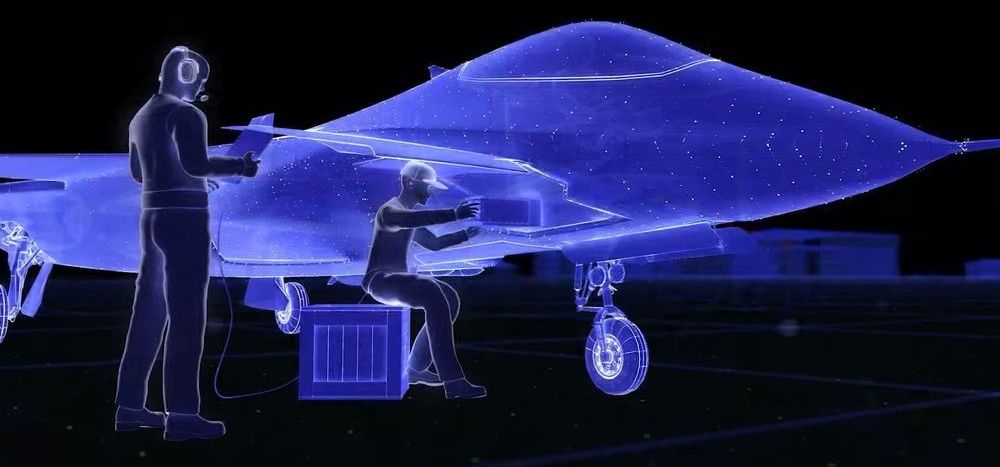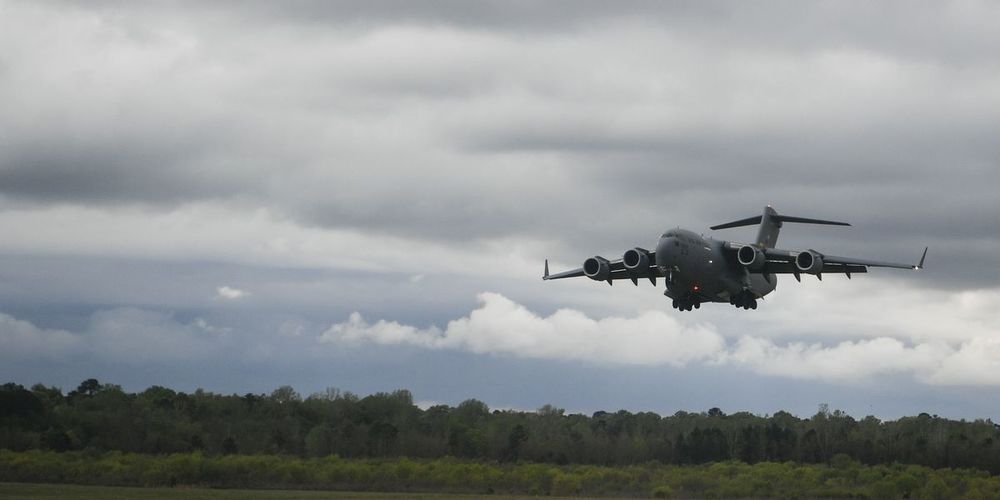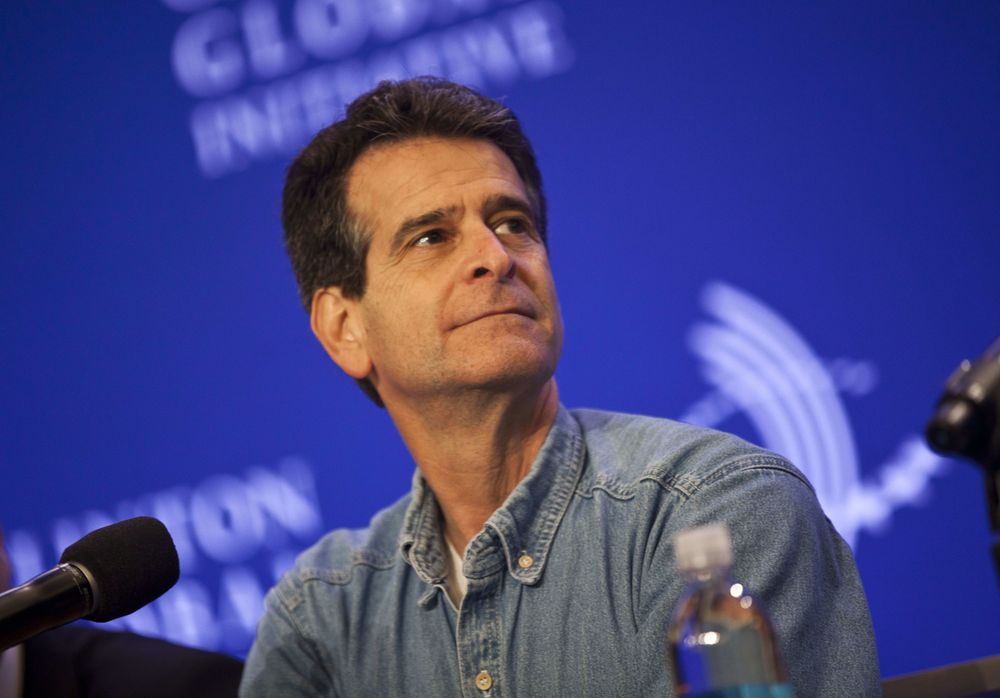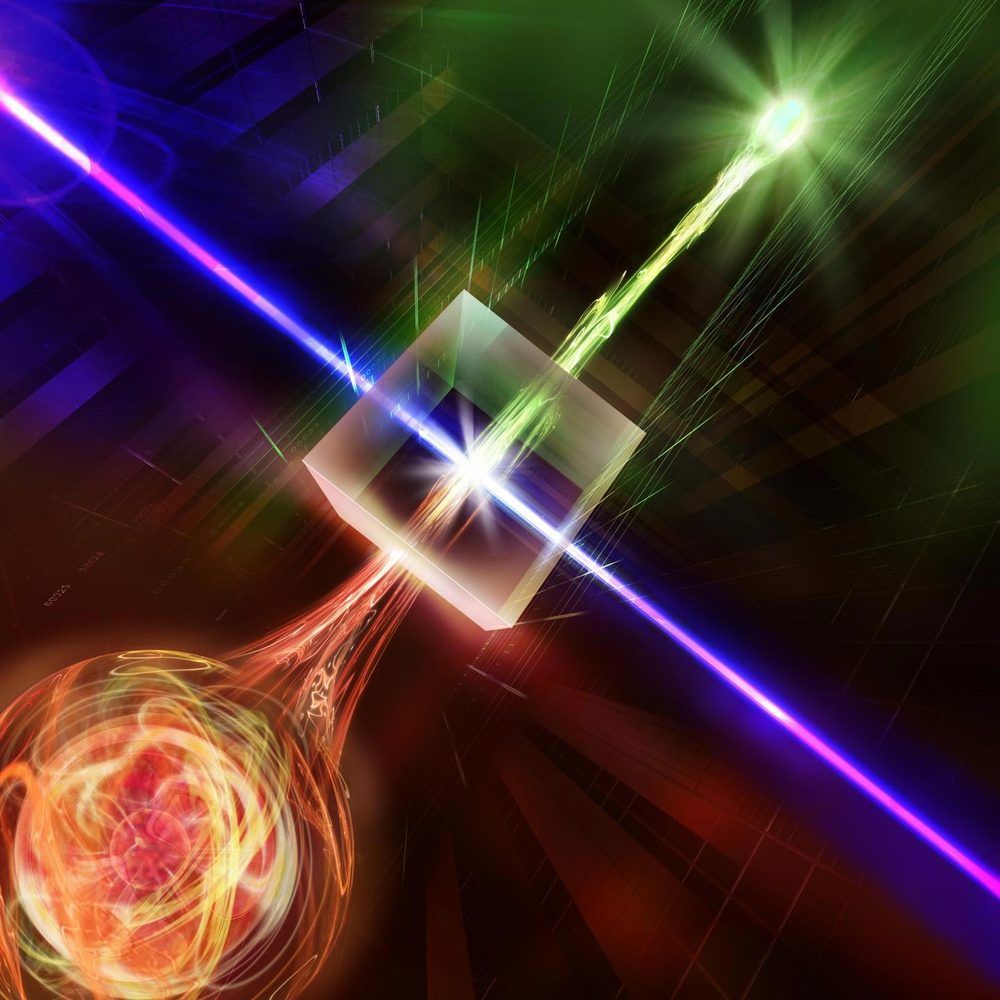The Pentagon’s controversial $10bn JEDI cloud computing deal is one of the most lucrative defense contracts ever. Amazon’s in pole position to win—and its move into the military has been a long time coming.


Uncrewed and jet-powered, the Romanian design hopes to overcome the airframe style’s long history of unsuccessful flight.

As reported by the U.S. Air Force Research Laboratory, military scientists have developed a “Terminator-like” liquid metal that can autonomously change the structure, just like in a Hollywood movie.
The scientists developed liquid metal systems for stretchable electronics – that can be bent, folded, crumpled and stretched – are major research areas towards next-generation military devices.
Conductive materials change their properties as they are strained or stretched. Typically, electrical conductivity decreases and resistance increases with stretching.


Inspired by the unique and efficient swimming strategy of cephalopods, scientists developed an aquatic robot that mimics their form of propulsion.
These high-speed, squidlike robots are made of smart materials, which make them hard to detect—an advantage that has potential military reconnaissance and scientific applications—while maintaining a low environmental footprint.
Physicists Xiaobo Bi and Qiang Zhu used numerical simulations to illustrate the physical mechanisms and fluid mechanics of a squid’s swimming method, which uses intermittent bursts through pulsed jet propulsion. By using this form of locomotion, the new device can achieve impressive speeds, just like its animal inspiration. Bi and Zhu discuss their work in this week’s Physics of Fluids.

The massive event celebrated 70 years of Communist rule — and an arsenal for its next decade.
China’s newest weapons were on display Tuesday at the massive military parade staged in Beijing to mark the 70th anniversary of Communist rule. China watchers noticed a new emphasis on airborne and naval drones and the public unveiling of a new hypersonic missile and a new ICBM.
The parade offered the first clear look at the supersonic DR −8 spy drone, which “would be expected to play a key role should there be a conflict with US aircraft carrier strike groups in the South China Sea or Western Pacific,” wrote the South China Morning Post.


How do weapons inspectors verify that a nuclear bomb has been dismantled? An unsettling answer is: They don’t, for the most part. When countries sign arms reduction pacts, they do not typically grant inspectors complete access to their nuclear technologies, for fear of giving away military secrets.
Instead, past U.S.-Russia arms reduction treaties have called for the destruction of the delivery systems for nuclear warheads, such as missiles and planes, but not the warheads themselves. To comply with the START treaty, for example, the U.S. cut the wings off B-52 bombers and left them in the Arizona desert, where Russia could visually confirm the airplanes’ dismemberment.
It’s a logical approach but not a perfect one. Stored nuclear warheads might not be deliverable in a war, but they could still be stolen, sold, or accidentally detonated, with disastrous consequences for human society.

We hear it daily — “Launch your drone program!” Uninspired marketing campaigns littered across social media, websites and emails. A detrimental circle of brands mirroring brands, unwittingly stalling the rise of drones. The problem is, as an industry, they’re missing the damn point. Take for example a use case we see all too often — construction. When handheld drills started showing up on jobsites, we didn’t hear Black + Decker say, “launch your drill program!” Why not? Drills are just enablers. They allow workers to do what they were already doing — except better, faster and more efficiently. The breakthrough had little to do with the actual tool itself, and more the new ability to enable faster holes. Drones are no different.
The goal isn’t to “put a drone on every construction site.” Drones are promising new vehicles that have the potential to transform industry, but they also inherently introduce new costs and complexities. The thought of adding new tools, new responsibilities, new certifications and permits, and new burdens to an already complex operation is the exact opposite of what most project managers consider helpful. This might begin to explain why drone service providers today are collectively struggling to grow at any meaningful velocity. We’re creating “launch your drone programs” solutions that make it easier for businesses to own and operate drones, when we should be making the drone invisible, and become laser-focused on the data drones generate and an infrastructure that supports rapid spatial insights.
We need to stop putting drones on construction sites, and start giving the industry the very thing that drones enable — insight. Drones will be on every job site in the next few years, but not as another tool on the tool belt. The project manager isn’t adopting a drone program. They’re adopting a visual insights program that captures a new, historical perspective across their sites. They’re providing situational awareness holistically throughout their organization. They’re making decisions based on the actual state of projects, and the insights affordable by new perspectives and sensors.

Research Triangle Park, N.C. — A U.S. Army research result brings the quantum internet a step closer. Such an internet could offer the military security, sensing, and timekeeping capabilities not possible with traditional networking approaches.
The U.S. Army’s Combat Capability Development’s Army Research Laboratory’s Center for Distributed Quantum Information, funded and managed by the lab’s Army Research Office, saw researchers at the University of Innsbruck achieve a record for the transfer of quantum entanglement between matter and light — a distance of 50 kilometers using fiber optic cables.
Entanglement is a correlation that can be created between quantum entities such as qubits. When two qubits are entangled and a measurement is made on one, it will affect the outcome of a measurement made on the other, even if that second qubit is physically far away.